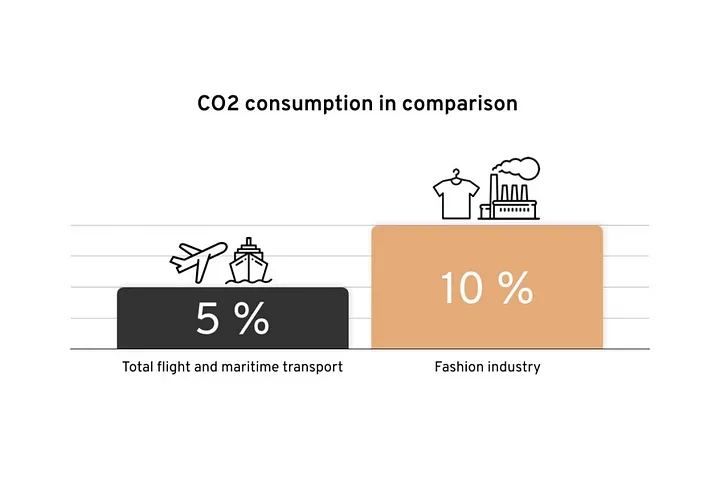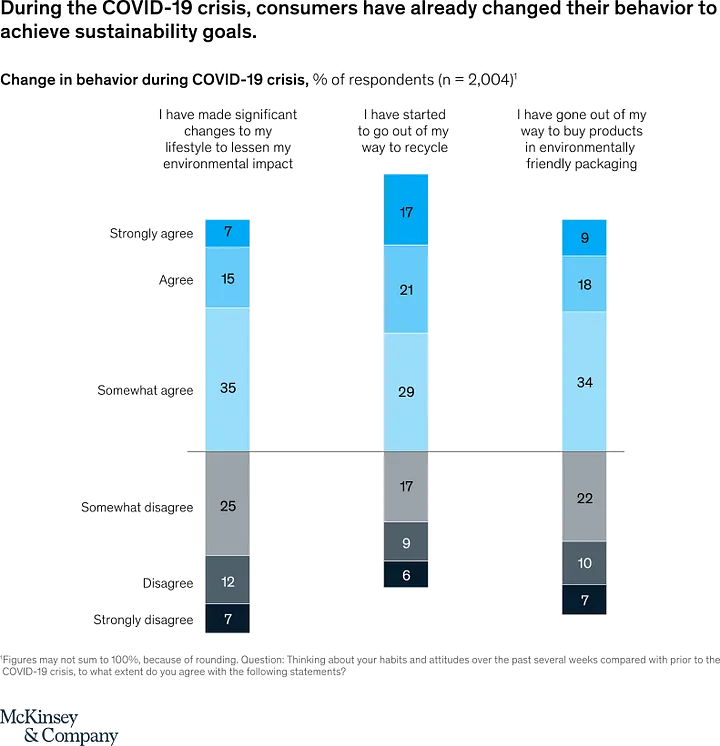I was stumbling through the internet when I stumbled upon this case study titled “Minimizing the Environmental Impact of Fast Fashion: To reduce the environmental effect of fast-fashion.” It caught my attention because it addresses an issue I’ve been increasingly concerned about: the environmental impact of fast fashion.
Background – Impact of Fast Fashion:
From what I’ve gathered, climate change poses one of the most significant threats to humanity. Shockingly, our clothing choices contribute significantly to this problem. The fashion industry alone is responsible for around 5% of all manmade greenhouse gas emissions, surpassing the combined emissions from aviation and shipping. The rise of fast fashion in recent years has only made matters worse. We’re buying more clothes than ever before, wearing them less, fixing them less often, and discarding them sooner.

What most people don’t realize is that just by taking small measures, i.e., by wearing our clothes longer, recycling & re-using them we can make a significant difference.
“Extending the life of clothes by 9 months would reduce carbon, waste and water footprints by around 20–30% each and cut resource costs by £5 billion”
WRAP(Waste and Resources Action Program) UK
The audience for this project primarily consists of Millennials and Gen-Z consumers, who are the main target audiences for fast fashion. While both generations are known for their consumption habits, Millennials are generally more conscious about sustainability. However, there’s also an opportunity to raise awareness among Gen-Z consumers and attract them towards more sustainable fashion practices.

These demographics are particularly suited for this project because they are more likely to embrace new features in an app. Therefore, focusing on Millennials and Gen-Z allows for better engagement and adoption of the project’s goals.
Also read: 6 Steps Towards Crafting Sustainable Ecommerce Websites
Summary
The project focuses on engaging Millennials and Gen-Z consumers, who are prominent in the fast fashion market. While Millennials show greater awareness of sustainability, there’s potential to educate and attract Gen-Z consumers toward more responsible fashion practices. Given their openness to new app features, both demographics present ideal targets for the project’s objectives.




